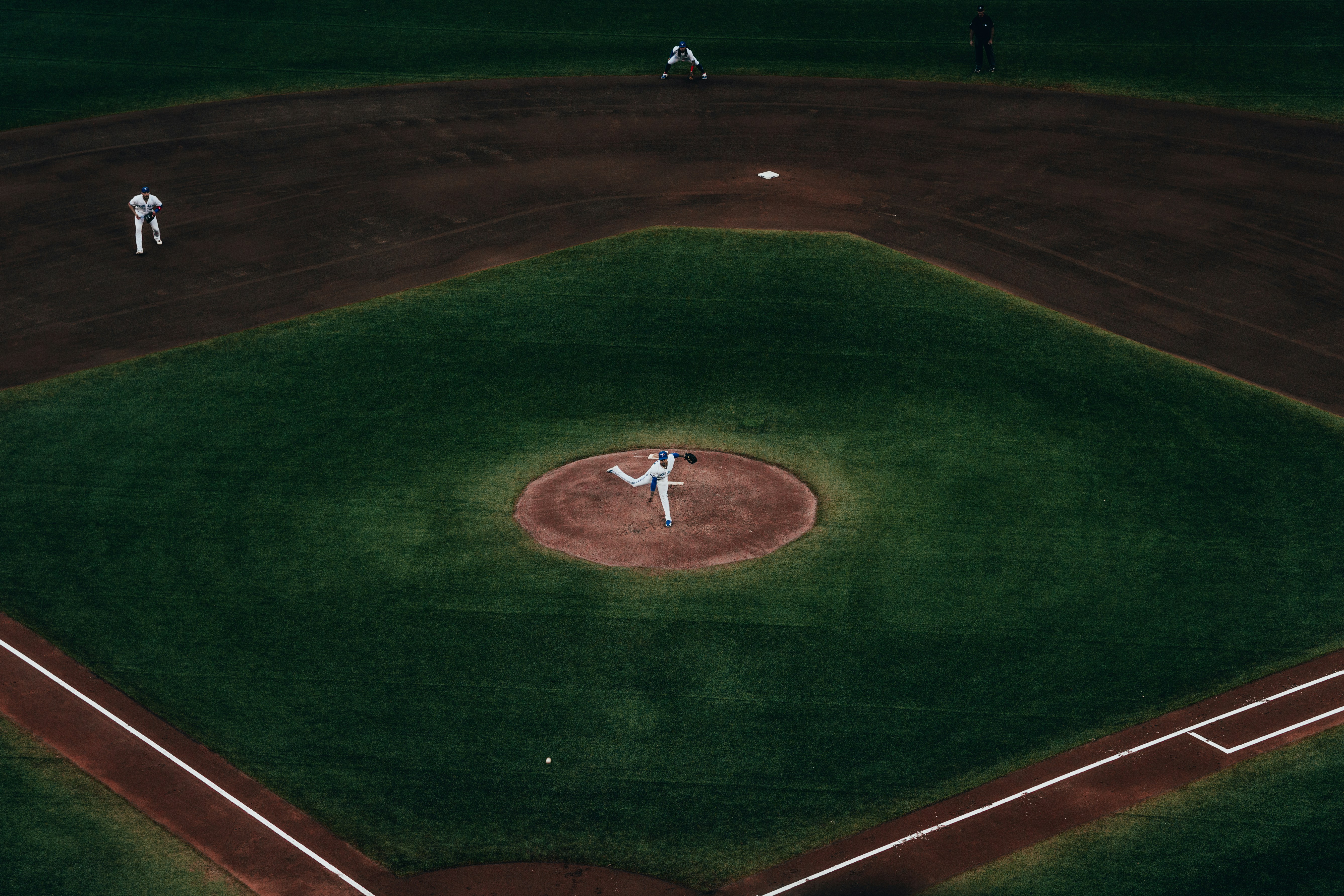Know What Editors Actually Want
Getting featured in a top sculpting magazine isn’t about luck it’s about aligning your work with what editors are actively looking for. Before you shoot off a pitch, make sure your portfolio speaks clearly and consistently to the following core values:
Prioritize Originality and Technical Skill
Editors see hundreds of submissions. The ones that stand out:
Present a fresh perspective or unique voice
Demonstrate mastery over materials and techniques
Show intentionality behind the form and subject matter
Your work doesn’t need to be radically unconventional, but it should reflect authenticity and refined skill.
Build a Body of Work Not a Single Hit
One standout piece may grab attention, but it rarely holds it. Editors aren’t just looking for a moment of brilliance they’re looking for sustained commitment.
Focus on developing a thoughtful, long term series or practice
Make sure your work tells a story across time, not just in one piece
Think in terms of evolution and continuity
Emphasize Cohesion Over Trends
While stylistic trends come and go, a cohesive and intentional portfolio always carries more weight.
Avoid chasing fads purely for visibility
Let your body of work show progression rooted in your artistic identity
Editors prefer seeing a consistent, mature voice over eclecticism without purpose
When your portfolio is clearly curated and well developed, it signals to editors that you’re serious, professional, and ready for editorial coverage.
Build a Presence Before You Pitch
If no one can find you, no one can feature you. A solid online footprint isn’t optional it’s the baseline. Start with a simple, clean website that includes your bio, artist statement, portfolio, and contact information. Doesn’t have to be fancy. Just functional, honest, and easy to navigate.
Next, leverage social platforms Instagram is your best friend here. Not just for final shots of your sculptures, but for behind the scenes process. Document your tools, progress shots, studio chaos. That’s the stuff people connect with, including editors.
Also: don’t keep your work in a vacuum. Participate in exhibitions, submit to juried shows, and stay present in the sculpting community. Comment on others’ work. Join discussions. Visibility comes from showing up, not lurking. The more active you are, the more credible and relevant you become.
Crafting the Right Pitch

If you want editors to pay attention, treat your pitch like a tailored piece, not a mass promo. Don’t spray your work across twenty inboxes and hope something sticks. Pick the magazines that genuinely suit your style, audience, and message. Research their themes, tone, and recent featured artists. Your submission should feel like it belongs and adds something.
What to include? The basics: a clear artist statement (short, personal, free of fluff), a set of polished, high resolution images of your work (with proper lighting and context), and a tight bio (two to four lines max). If there’s a unique angle to your story why you sculpt what you sculpt, how you got here include it. Just stay focused. Editors don’t need your life story. They need a hook and credible work to back it up.
Make it readable. Keep it clean. You’re not just pitching your art you’re showing them how you’ll fit their pages, their audience, and their standards.
Presentation = Perception
Let’s be blunt: if your photos are bad, your work won’t get noticed. Sculpting is physical, textured, dimensional your images need to show that. Hire a professional photographer if you can. If not, invest time learning how to shoot your work with natural light, neutral backgrounds, and clean angles. Skip the filters. Editors aren’t on Instagram they’re looking for clarity, detail, and professionalism.
Next, write like a human, not an art school brochure. Your artist bio and statement should sound genuine, not bloated. Drop the jargon. Say what you make, why you make it, and what drives your materials or process. That honesty will resonate more than buzzwords ever could.
Finally, don’t work in a vacuum. Before you submit anything, get eyes on it from peers, mentors, or someone who’ll actually tell you the truth. You’re too close to your own work to catch simple mistakes or mixed messages. A second opinion might just save your shot.
Network Without Acting Like You’re Networking
Forget the transactional mindset networking in the sculpting world should feel less like cold outreach and more like building genuine community. Editors and contributors can spot insincerity a mile away, so authenticity goes a long way. Focus on being a visible, engaged artist not someone who only shows up when they want something.
Show Up Where the Action Is
Being physically or virtually present matters. Opportunities often emerge from conversations at events rather than through emails alone.
Attend gallery openings, exhibit launches, and art fairs
Join symposiums and artist talks that align with your medium or interests
Participate in online events Instagram Lives, Zoom panels, Clubhouse rooms
These are prime places to meet editors, critics, and fellow artists in an organic, low pressure way.
Reach Out Authentically
If you’re reaching out to editors or contributors, make it personalized, relevant, and respectful. Avoid long winded introductions or aggressive self promotion.
Mention what you admire about their work or editorial style
Share how your work fits into a larger conversation or movement they care about
Be clear but modest this isn’t a hard sell, it’s a real introduction
Give Before You Ask
One of the strongest ways to make an impression is to contribute value without any agenda. Generosity, engagement, and thoughtfulness are your best tools in the long game.
Comment on magazine features with insights not just praise
Share articles, calls for entries, or highlights that are relevant to your peers
Support editors and fellow artists by celebrating their achievements
When you build relationships based on shared passion and mutual respect, visibility and opportunities will follow naturally.
Keep Evolving and Publishing
Consistency isn’t glamorous, but it’s what builds a career. A steady rhythm of output new sculptures, fresh documentation, updates to your portfolio signals to editors that you take your practice seriously. Sporadic work makes you easy to overlook. Regular work, even if quiet, keeps you in play.
Submitting to calls for entry, juried shows, and open calls expands your reach and adds credibility. These are more than just chances to exhibit they’re press opportunities, citation material, and stepping stones for magazine features. A winning piece at a respected show shows up on editors’ radars fast.
And don’t lock your focus on just one dream publication. Think in layers. Blogs, niche sites, regional art journals you want momentum across channels. The more dots you connect in the art media map, the easier it becomes for major outlets to find and feature you.
Learn how to fully position yourself to be featured in top art publications
Get deeper insights and strategies to feature in art magazines

 Harrison Lee plays a vital role at Sculpture Creation Tips, where his passion for the art of sculpture is evident in everything he does. With a comprehensive understanding of both classical and contemporary sculpting techniques, Harrison is committed to guiding and educating artists, whether they are just beginning their journey or are seasoned professionals. His approach goes beyond merely teaching technical skills; he encourages artists to explore and develop their unique artistic voices, pushing the boundaries of their creativity. Harrison's expertise and dedication make him an invaluable resource, not just for honing craftsmanship but also for inspiring innovation within the sculpting community. His ability to foster a supportive, dynamic learning environment ensures that every artist he works with is equipped to reach new heights in their artistic endeavors. Harrison's contribution to Sculpture Creation Tips is instrumental in its mission to elevate the art of sculpture and empower artists to achieve their full potential.
Harrison Lee plays a vital role at Sculpture Creation Tips, where his passion for the art of sculpture is evident in everything he does. With a comprehensive understanding of both classical and contemporary sculpting techniques, Harrison is committed to guiding and educating artists, whether they are just beginning their journey or are seasoned professionals. His approach goes beyond merely teaching technical skills; he encourages artists to explore and develop their unique artistic voices, pushing the boundaries of their creativity. Harrison's expertise and dedication make him an invaluable resource, not just for honing craftsmanship but also for inspiring innovation within the sculpting community. His ability to foster a supportive, dynamic learning environment ensures that every artist he works with is equipped to reach new heights in their artistic endeavors. Harrison's contribution to Sculpture Creation Tips is instrumental in its mission to elevate the art of sculpture and empower artists to achieve their full potential.
